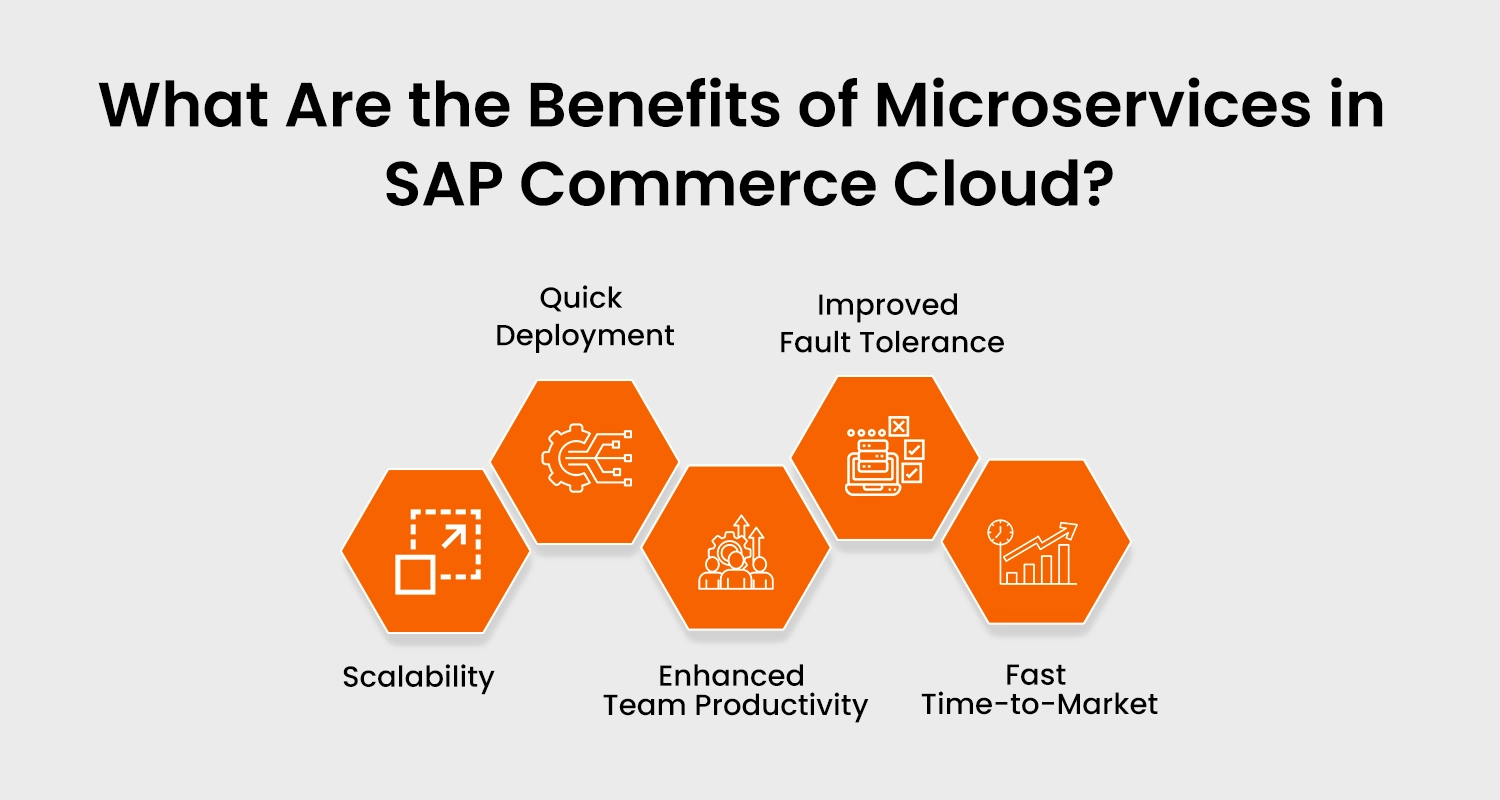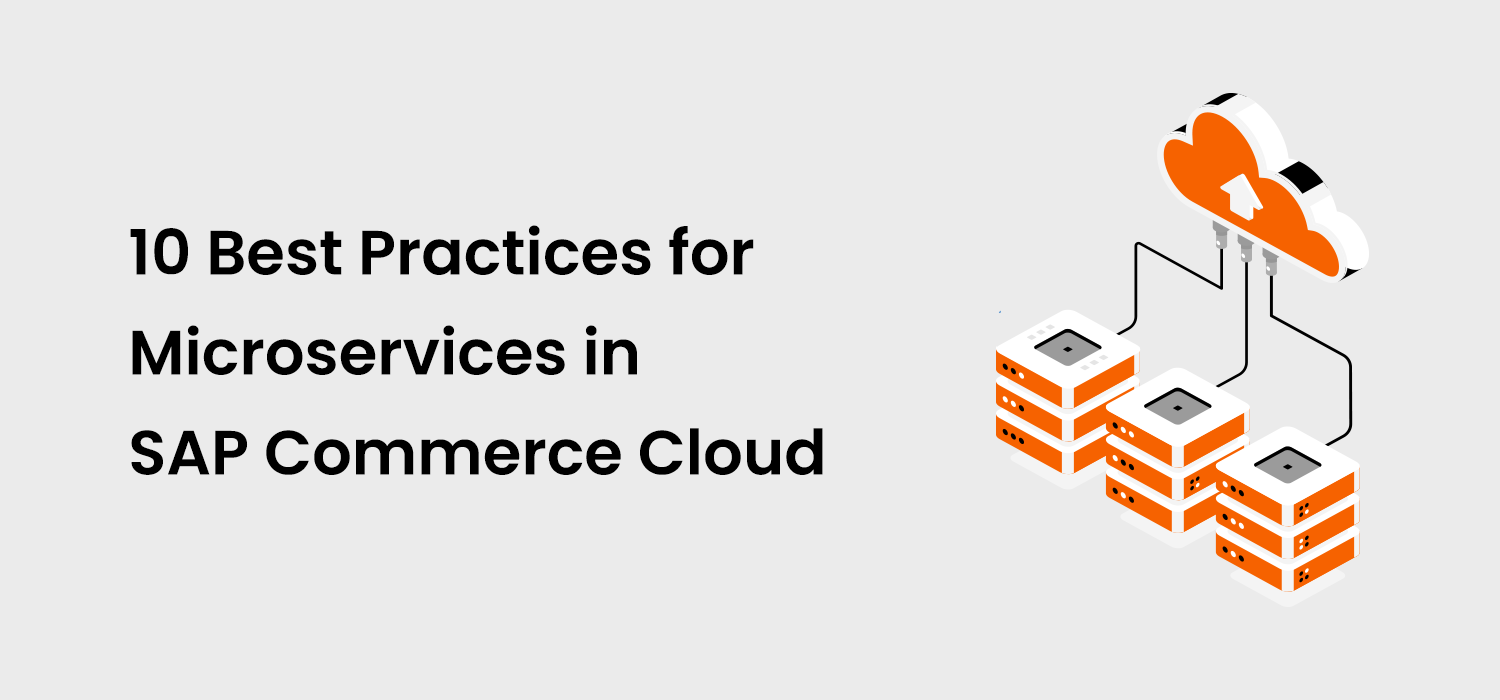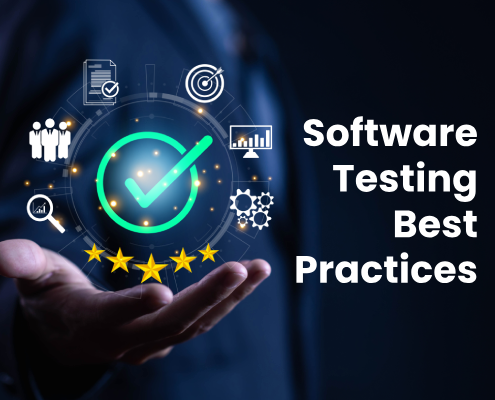Before diving into the technical aspects of integration, it’s essential to prepare your environment. Here’s how to get started:
1. Start With Domain-Driven Design for Strong Foundation
With domain-driven design, you can create boundaries between different domains, ensuring that each domain service is aligned with a business capability. This can help break down the e-commerce solution with a well-defined aggregate root that relates to the domain’s central object. For instance, in an order service, the aggregate root is order itself.
2. Follow Single Responsibility Principle (SRP)
In software development, the SRP rule defines each class as having a single responsibility to alter. This can make the software more understandable and manageable. The modules need to be decoupled to increase the chances of forming a clear and concise interface. For instance, an e-commerce portal might have multiple services with single responsibilities that do not need to be integrated with one another as it will increase the complexity.
3. Decoupling Services with APIs
Microservice architecture’s core competency is decoupling services. SAP Commerce Cloud allows communication between two services through well-defined APIs such as RESTful and GraphQL. Since the services are loosely coupled, the changes in one system will impact others. You can implement API gateways to create a central point of communication for authentication and control service discovery.
4. Keep Asynchronous Communication between Microservices
There are synchronous and asynchronous communications in microservices. Synchronous communication in e-commerce platforms takes place through a series of steps while placing an order. Asynchronous communication will occur at the fulfillment stage when the customer notification is processed. You need to maximize asynchronous communication where there is no dependency on other components, which increases the efficiency of the application.
5. Data Storage Separation
One of the best practices in microservices is to store data in a separate database rather than a common database for monolithic architectures, which is a logical separation of data. This approach is regarded as decentralized data management, which allows users to have full independence of data storage. It will reduce latency and enhance the system’s security.
6. Fault Tolerance with Circuit Breakers
As already discussed, fault tolerance is the key advantage of microservices, which must be implemented correctly to eliminate potential service failures. You need to use circuit breaker patterns to avoid cascading failures. Also, you can disable non-critical functions when the dependent service is unavailable. Use a retry mechanism for failing services with exponential backoff.
7. Using Container Orchestration Framework
Containerization and orchestration tools are best when it comes to managing the microservice architecture. In SAP Commerce Cloud, Docker is used for containerization and Kubernetes for orchestration, which can balance load and automatically scale services. These tools provide a way for consistently building and deploying services in whatever language they are coded in. These tools will also facilitate monitoring and logging tools, which substantially helps reduce the architectural complexity.
8. Continuous Integration/Continuous Deployment (CI/CD)
If you want your microservice architecture to function properly, consider using CI/CD pipelines, which are typically used for testing, integrating, and automating code releases. In order to reduce the risk of downtime, users can also employ blue-green deployment methodologies, which enable them to test the code in two settings. Use of some cloud-native technologies, such as SAP Hybris’s Kubernetes, can speed up deployments along with thorough testing.
9. Embrace Event-Driven Architecture
In SAP Commerce Cloud, event-driven architecture will be the best approach for loosely coupling services. You can use message brokers like Kafka or RabbitMQ to leverage asynchronous communication. Ensure eventual consistency across data and use saga patterns to manage multiple transactions, keeping data consistency in place across services.
10. Monitoring and Logging
Monitoring and logging are the best practices for improving the high performance of microservices. Experienced developers will be required to detect performance errors by performing such activities. You can run periodic health checks on the services and trigger alerts when the service is down to avoid failed service requests.















